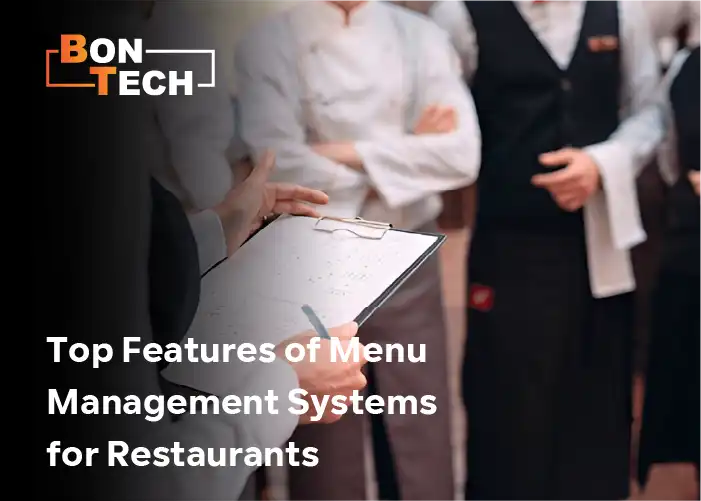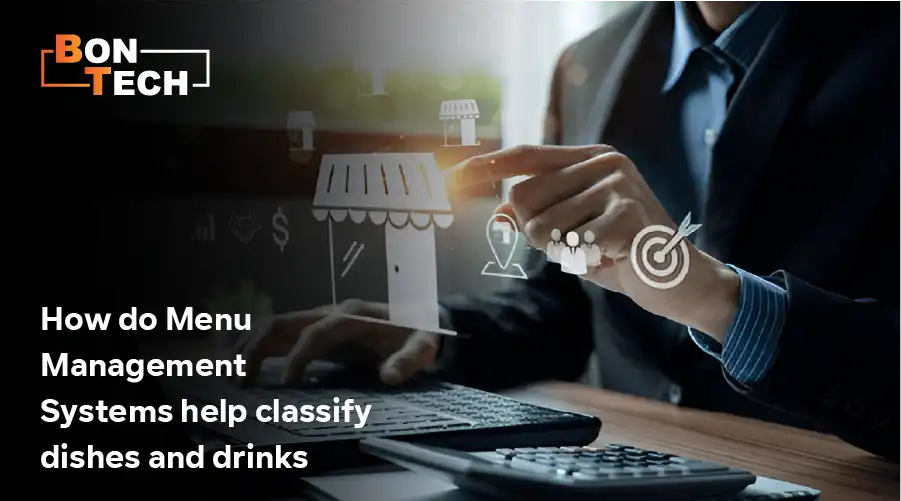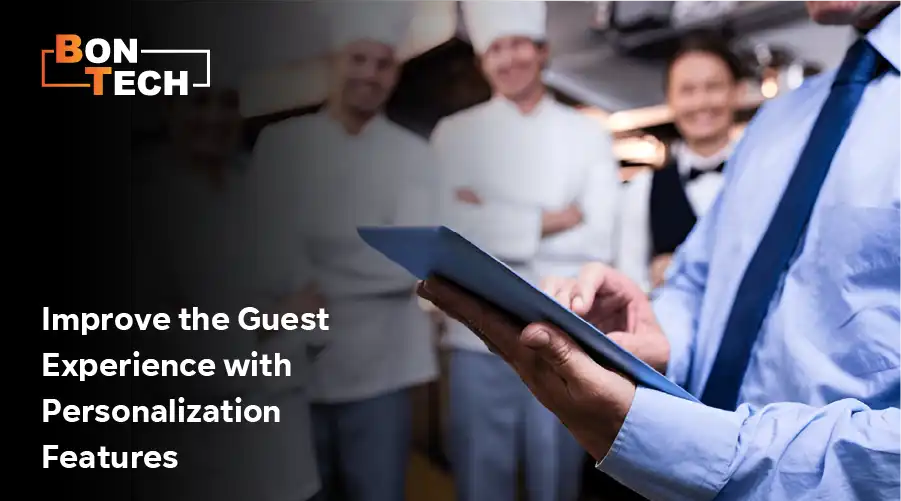





In our modern sophisticated lifestyle, especially in the culinary world, a well-crafted menu is more than just a list of dishes; it’s a restaurant’s calling card, a silent salesperson, and a crucial component of the overall dining experience.
But managing that menu, especially across multiple platforms and ever-changing ingredients, can be a logistical nightmare. That’s where a robust Menu Management System for Restaurants becomes indispensable.
This article will delve into the top features that define an effective system, explaining what is Menu Management in the digital age and how a Menu Electronic solution can streamline operations, boost profits, and enhance customer satisfaction.
Let us begin our journey.

A core function of a modern Food Menu Management System, and any effective Menu Management System for Restaurants, is its ability to classify dishes and drinks according to customer preferences.
This goes beyond simply listing items; it’s about understanding and anticipating what diners want. This classification plays a vital role in optimizing the Purpose of a menu in the restaurant, which is not just to inform but also to persuade and upsell.
Here’s how these systems achieve this:
1- Data-Driven Insights: Modern systems integrate with point-of-sale (POS) systems, online ordering platforms, and even customer loyalty programs. This allows them to collect vast amounts of data about customer ordering habits. The system analyzes this data to identify trends and patterns, such as popular dishes, frequently ordered combinations, dietary restrictions, and even seasonal preferences. This data forms the foundation for intelligent classification.
2- Categorization and Tagging: Based on the data analysis, the system allows for sophisticated categorization and tagging of menu items. This can include:
3- Dynamic Menu Presentation: A sophisticated Restaurant Digital Menu, powered by a robust Menu Management system, can then use these classifications to present personalized menus to customers. For example:
4- A/B Testing: The system can facilitate A/B testing of different menu layouts, descriptions, and pricing to determine what resonates best with customers. This data-driven approach allows restaurants to optimize their menu for maximum profitability and customer satisfaction.
A well-implemented Menu Management System transforms a static list of dishes into a dynamic, interactive tool that caters to individual customer preferences. This not only enhances the dining experience but also provides valuable insights that can be used to improve menu design, optimize pricing, and increase sales.
Read also : Menu Management in Restaurant Success

Creating a memorable guest experience is important in our highly competitive Market, especially in the field of restaurants in an active and thriving Saudi Market.
A key ingredient in achieving this is personalization, and a robust Menu Management System is the chef’s secret weapon. By leveraging the power of technology, restaurants can transform their Restaurant Digital Menu from a static list into a dynamic, personalized experience, significantly improving guest satisfaction.
Let us see How?

Implementing a Menu Management System is a significant step towards optimizing restaurant operations, but maximizing its potential requires adherence to best practices. Here’s a breakdown of key strategies for effective menu management that contribute to improving sales and customer satisfaction:
1. Regularly Update Your Menu: A static menu can quickly become stale. Best practice dictates that you regularly update your menu to reflect seasonal ingredients, introduce new dishes, and remove underperforming items. This keeps the menu fresh and exciting for returning customers while attracting new diners with innovative offerings. A dynamic menu also allows you to capitalize on current food trends and adjust to fluctuations in ingredient costs.
2. Analyze Customer Preferences: Understanding what your customers want is crucial. Analyze customer preferences by leveraging data from your POS system, online ordering platforms, and customer feedback surveys. Identify popular dishes, dietary trends, and any specific requests or feedback. This data-driven approach ensures your menu caters to your target audience. Deeply understand customer preference by going beyond just what sells; explore why certain items are popular and use this insight to inform future menu development.
3. Optimize Menu Layout Strategically: The layout of your menu can significantly impact sales. Optimize menu layout strategically to enhance the visibility of high-margin items. Use visual cues like boxes, bolding, or strategically placed images to draw attention to these dishes. Consider the psychology of menu design, placing profitable items in prime locations where they are most likely to be seen.
Read also : Menu Planning in Food Service Management
4. Reduce Food Waste and Ensure Stock: Effective menu management plays a crucial role in inventory control. By analyzing sales data, you can predict demand for specific items and reduce food waste by ordering ingredients accordingly. This also helps ensure that popular items are always in stock, preventing customer disappointment and lost sales. A well-managed system allows you to identify slow-moving items that contribute to waste and consider revising or removing them.
5. Monitor Performance Metrics: Tracking the performance of your menu is essential for continuous improvement. Monitor performance metrics such as sales data and customer feedback to identify what’s working and what’s not. Track the popularity of individual dishes, their profit margins, and any feedback received from customers. This data allows you to make informed decisions about menu adjustments, pricing strategies, and marketing efforts. Regularly review these metrics to identify trends and make data-driven decisions.
6. Staff Training and Communication: Your staff is your front line. Ensure they are well-versed in the menu, including ingredients, preparation methods, and dietary information. Effective Menu Management in Restaurants includes training staff on new menu items and providing them with the tools and information they need to answer customer questions accurately and confidently. Open communication between the kitchen and serving staff is vital for smooth service and accurate order fulfilment.
7. Leverage Technology: Modern Menu Management Software can streamline many of these processes. From inventory management to data analytics, these systems provide valuable tools for optimizing your menu and improving overall restaurant efficiency. Embrace technology to automate tasks, gain insights, and enhance the customer experience.